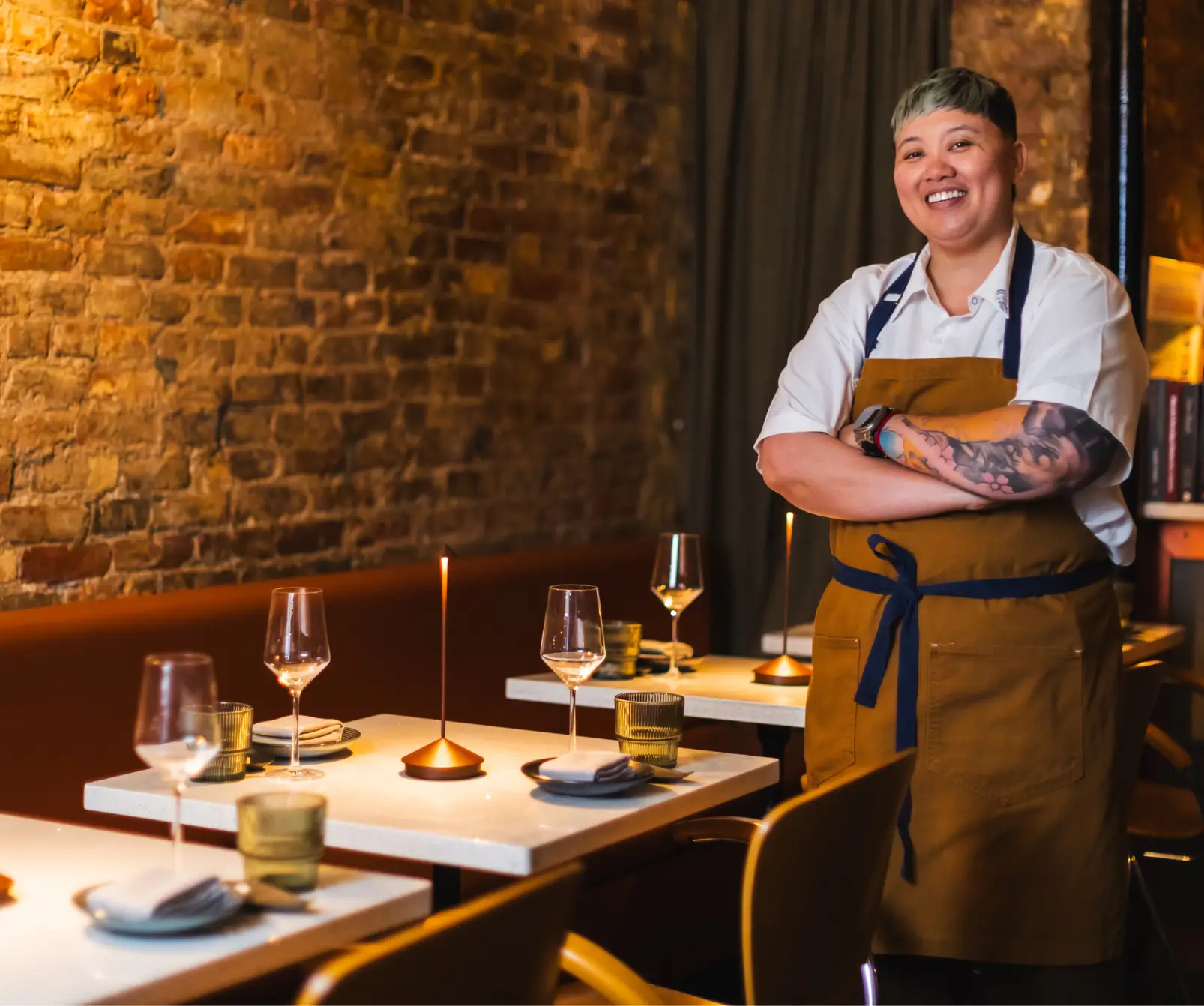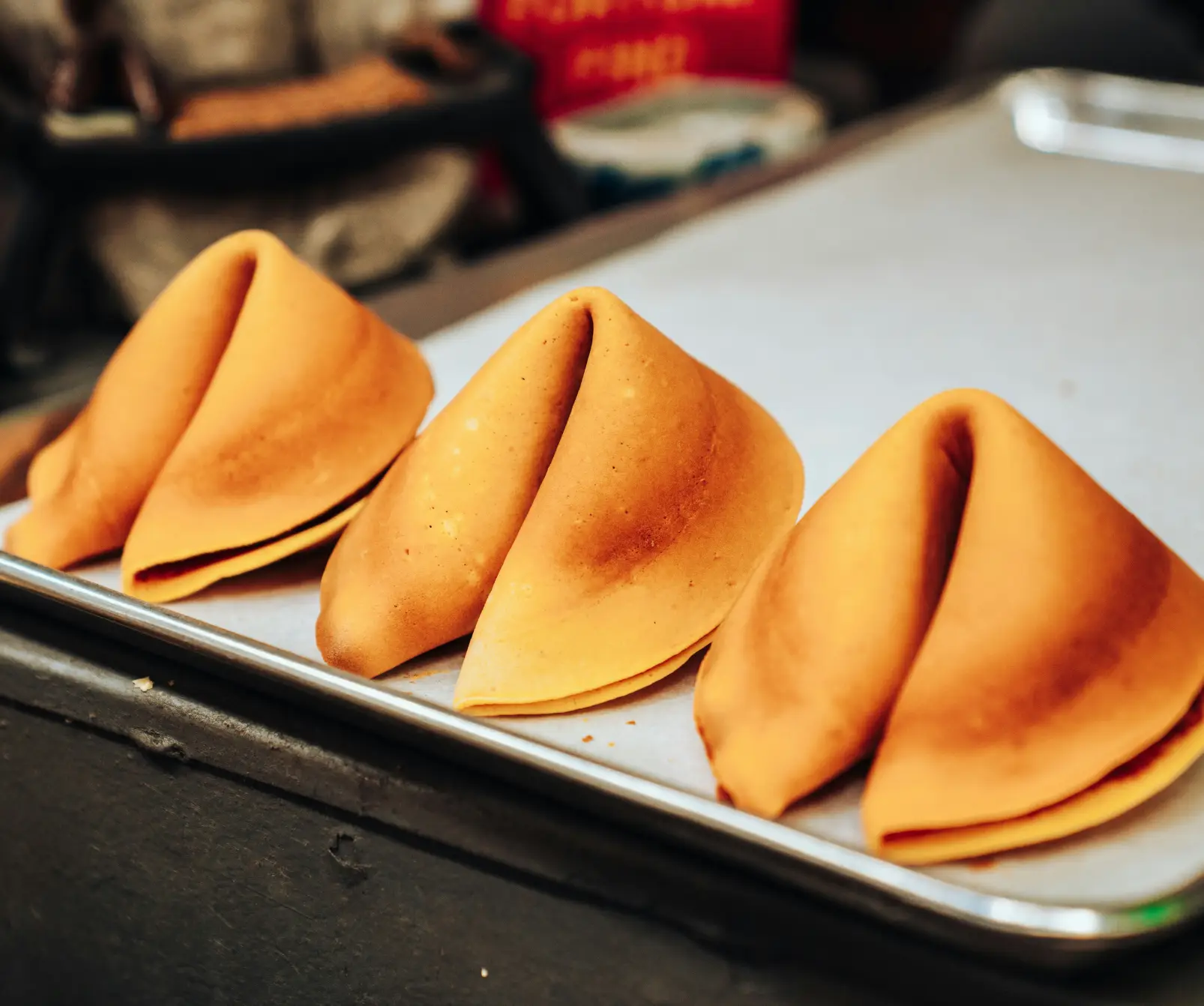Cheddar. Gouda. Burrata. These are just a few of the endless options that come to mind when I think of cheese. Almost unsurprisingly, all of these cheeses are attributed to Europe or North America. This got me wondering: why do we never think of cheese from Asia?
According to the Boston Children’s Hospital, over 90% of Asian Americans are lactose intolerant. This percentage fluctuates between 70% and 100% depending on the cited source. Maybe it is because of these well-known, yet imprecise, statistics that dairy products are not commonly associated with Asian cuisine. Despite this reputation, there is a rich cheese culture shaped by history, local ingredients, and even colonial influence.
Starting with South Asia, we encounter a cheese that is arguably the most well-known in the continent: paneer. The origins of this vegetarian staple are often debated. One theory points to Persian influence, with the word “paneer” itself derived from the Persian term for “cheese.” However, others believe Portuguese colonizers introduced the method. Interestingly, both theories date the beginning to be around the 16th century AD.
But what’s not up for debate is how versatile this ingredient is. While paneer is usually associated with Indian cuisine, its use can be found in recipes across South Asian cultures. Because it is not aged, the curds’ mild flavor makes it a perfect canvas for every type of flavorful spices and sauces. There is also a higher moisture variation called chhena, used in desserts like rasgulla (chenna dough balls soaked in sugar syrup).
Arriving at the Himalayan Mountains, we come across a lesser-known cheese culture with a long, undefined history. Chhurpi, made from the milk of yaks, cows, or chauri (yak-cow hybrid), is estimated to be as old as nomadic herders who roamed ancient Nepal and Tibet. This suggests a technique potentially dating back thousands of years.
Near Russia, Mongolia-based herders make a similar style they call byaslag, which is also made from yak or cow’s milk. Both cultures dehydrate the curds until they become very hard, which allows them to be preserved for years. Since yak’s milk is known for being highly nutritious, these cheeses make an ideal provision for a herder on a long journey through the mountains. Though arduous travels are becoming less common, some health-conscious have grown interested in these yak products to supplement their diets.
Moving beyond the nomadic cultures, we arrive at the country people rarely associate with dairy: China. But lo and behold, two distinct cheeses have been cultivated by the Bai people of Yunan for centuries. Rubing, made from goat’s milk, is comparable to paneer or halloumi and is typically served with bold spices. In contrast, rushan is unlike most. Its name translates to “milk fan” in Mandarin and–much like its name implies–looks like a fan. To get this effect, cow’s milk curds are stretched into sheets and dried on bamboo sticks. Once ready, it is either deep-fried or grilled before being drizzled with sweetened condensed milk, infused honey, or other syrups.
While China may have its native varieties, their use of cheese is still not as widespread. In contrast, Japan and South Korea are having a moment in the spotlight. Hokkaido cheese tarts, cheese-filled corndogs, and cheese balls are just a few of the foods that have gone viral in recent years. Although, this was not always the case. For instance, there is some evidence of cheese-like products called so and daigo (a more processed “so”) that were made in Japan between the seventh and 10th centuries AD. After this period, historical records of cheesemaking were scarce until Western influence arrived in the late 19th century. Nowadays, Japan cultivates some local varieties, with up to 60% made in the Hokkaido region.
Unlike Japan, South Korea had no history with cheese before the 1950s when the Korean War broke out. Food was scarce during this time and civilians often had to resort to buying, or in some cases smuggling, processed goods from United States Army bases. Budae jjigae, or “Army Base Stew,” emerged from this time. This spicy stew combines instant noodles, Spam, hot dogs, or ham with a surprising topping: a slice of American cheese. Some older generations avoid the dish to this day because of its implications. Though their introduction to cheese was not on the best terms, many cooks and shops now use it to cut the heat in spicy dishes or add an extra layer of richness to savory ones.
Finally, we arrived in Southeast Asia. In the Vietnamese highlands, there is the town of Da Lat that has been dubbed “Le Petit Paris” for over a century now. The colonial French influence is apparent in many aspects of the city, from the architecture to the culinary offerings. In the early 2010s, a pizza chain, named Pizza 4 P’s (meant to read as “pizza for peace”) would open its doors and change the cheese industry in Vietnam. In the surrounding area of Da Lat, the P4P owns a factory that churns out innumerable varieties from Camembert to mozzarella. While their distribution is limited to their restaurants in Asia, it is exciting to see cheese makers emerging in new markets.
And last, but certainly not the least cheesy: the Philippines. Centuries as a Spanish colony and an ongoing US military presence have left their mark on Filipino cuisine, particularly when it comes to cheese. The popular Christmas-time tradition of Queso de Bola, a round Edam cheese coated in wax, is one of the nicer remnants of the colonial era. Filipinos traditionally serve round foods during the holidays, symbolizing prosperity in the coming year. But cheese isn’t just for celebrations! Puto, a savory steamed rice cake topped with cheese, is just one of many enjoyed year-round. The islands also boast their unique variety: kesong puti, a local specialty made from carabao (water buffalo) milk.
The prevalence of lactose intolerance does not hinder the flourishing culinary culture in Asia. Each year, the diverse and multifaceted cheese appreciation across Asia continues to thrive, reflecting the continent’s rich and varied landscape.







